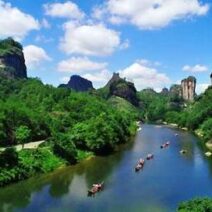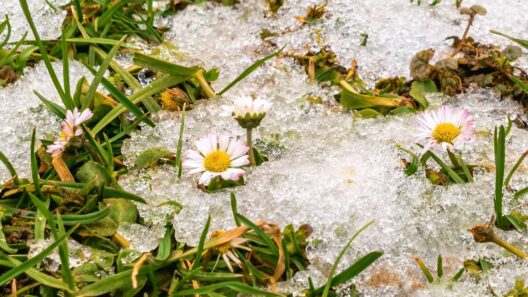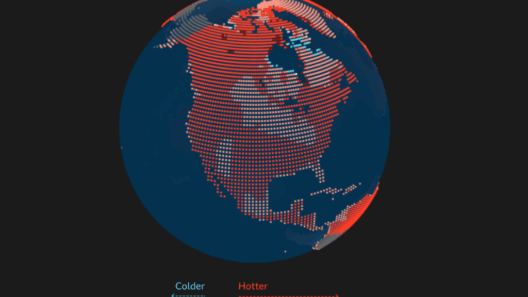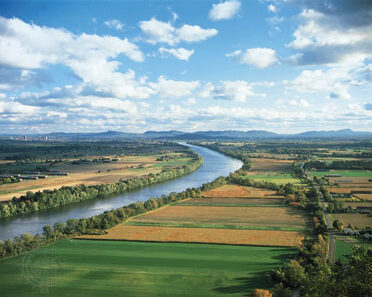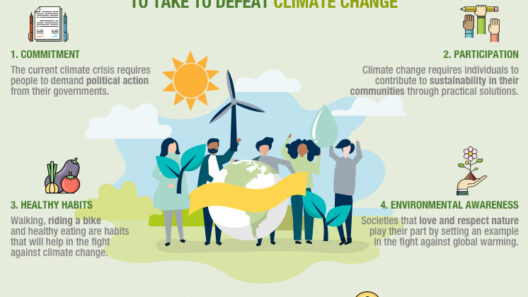Polar bears, scientifically known as Ursus maritimus, are often considered iconic symbols of the devastating impacts of climate change. These majestic creatures, with their striking white coats and enormous size, captivate our collective imagination. However, their plight underlines not just a failure to protect a charismatic species but also serves as a critical indicator of the broader environmental crises facing our planet. The intersection of climate change and polar bear survival reveals profound implications for biodiversity, indigenous cultures, and, ultimately, human existence.
The relationship between polar bears and their icy habitat is intricate and deeply interdependent. These apex predators rely primarily on sea ice, which acts as a platform for hunting seals, their primary prey. As global temperatures rise, the polar ice caps undergo alarming transformations. Scientific studies indicate that Arctic sea ice is declining at a rate of approximately 13 percent per decade. This loss is not merely a statistic; it translates to a catastrophic depletion of polar bear hunting grounds. As the ice retreats earlier in the spring and forms later in the autumn, polar bears are forced to swim longer distances in search of food, expending precious energy reserves essential for survival.
Moreover, the diminishing ice impacts not just individual bears but entire populations. The situation is aggravated by the accompanying phenomena of habitat fragmentation and increased human-wildlife conflict. As polar bears travel greater distances, they venture closer to human settlements in search of food, leading to more encounters that can be deadly for both bears and humans. The repercussions of this interaction can culminate in tragic outcomes, including increased mortality rates for polar bears and heightened risks for coastal communities reliant on the delicate balance of their ecosystems.
The plight of polar bears encapsulates a larger narrative about climate change and its devastation of Arctic ecosystems. It is essential to recognize that the challenges faced by these bears extend beyond mere anthropocentric concerns about biodiversity loss. They also symbolize an intricate web of cultural significance for indigenous communities. For many Arctic indigenous groups, polar bears hold immense spiritual and cultural value. Their decline is not just a matter of conservation but resonates deeply with the identity of these communities, illustrating their intimate ties with the natural world.
To dismiss the polar bear crisis as a distant issue—one that primarily affects a species in a remote region—is to overlook the broader ramifications of climate change. The melting Arctic plays a pivotal role in regulating global temperatures and sea levels. The release of previously trapped carbon dioxide and methane from thawing permafrost further exacerbates climate change on a worldwide scale. Hence, when we discuss polar bear survival, we are, in effect, addressing a liner of climate stability that has significant implications for global weather patterns, agriculture, and human livelihoods.
It is also vital to consider the implications of the polar bear crisis on climate policy and activism. These majestic creatures become powerful emblematic figures in the larger conversation about climate action. As the symbol of the Arctic’s fragility, the plight of the polar bear can galvanize public sentiment and policy discussions. Conservation efforts for polar bears necessitate robust international collaboration and commitment, perhaps serving as a microcosm for broader actions against climate change. When world leaders convene to discuss environmental policy, the image of a struggling polar bear is an evocative reminder of the stakes involved.
Critics assert that the focus on a single charismatic species diverts attention and resources away from other pressing environmental issues. However, the symbolic weight of the polar bear captures something inherently human: a recognition of the interconnectedness of life on Earth. The peril faced by these bears is emblematic of a world grappling with the existential threats posed by climate change. This dual focus on charismatic species and broader ecological systems can foster wider public engagement and inspire a collective response to environmental challenges.
In conclusion, how polar bears are affected by climate change serves as a compelling call to action for humanity. Their increasing vulnerability illuminates critical issues surrounding habitat loss, the fragility of Arctic ecosystems, and the cultural implications for indigenous peoples. As we witness the ongoing decline of polar bear populations, we must simultaneously confront the urgent realities of climate change. The fate of these animals is woven into the larger tapestry of our planet’s ecological health, demanding a concerted effort to combat climate change. Investing in sustainable practices and policies is not merely an act of conservation; it is an essential endeavor for securing a healthier planet for all forms of life. In our collective fight against climate change, the polar bear remains a poignant reminder of what we stand to lose—both for ourselves and for the myriad species that share our planet.
